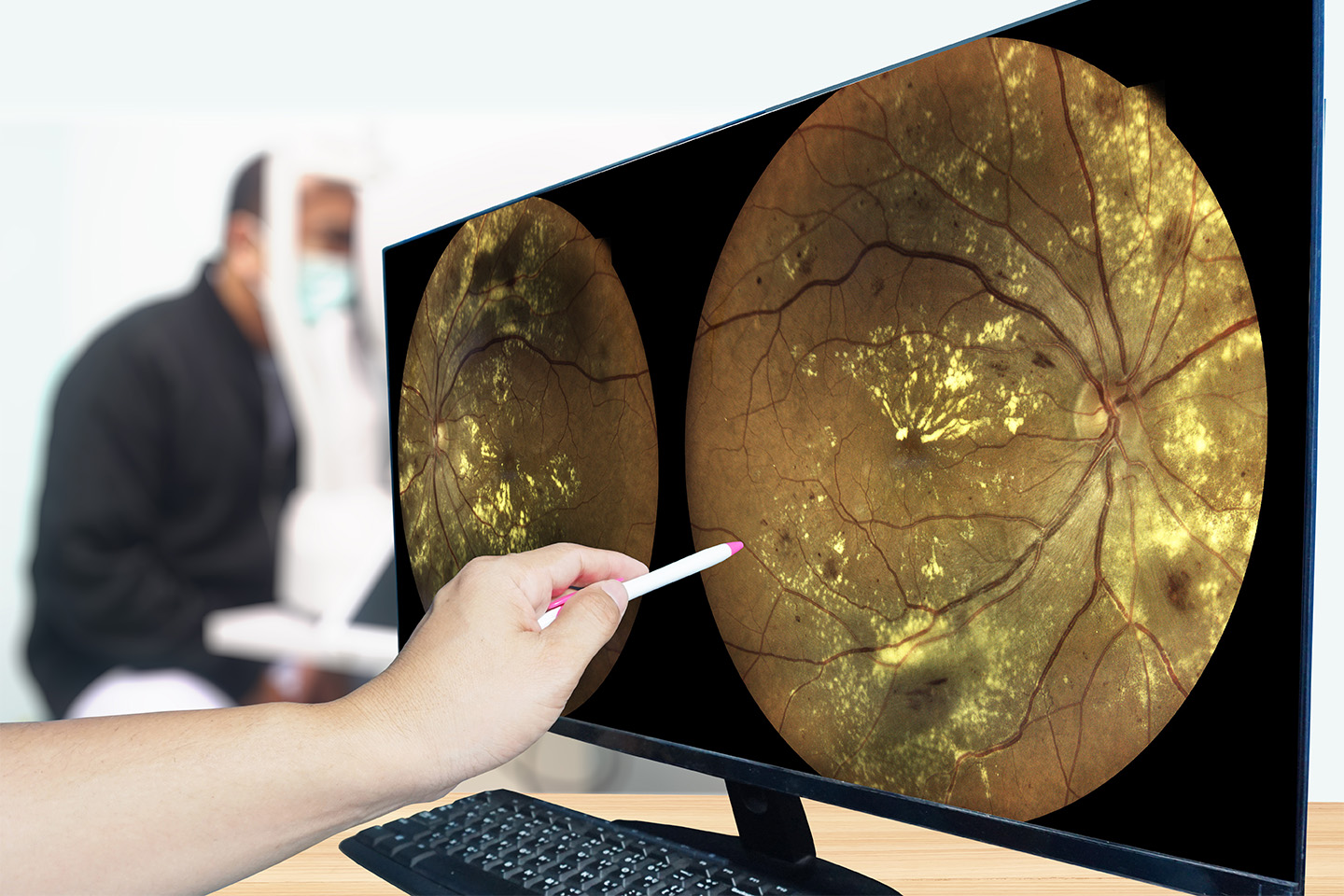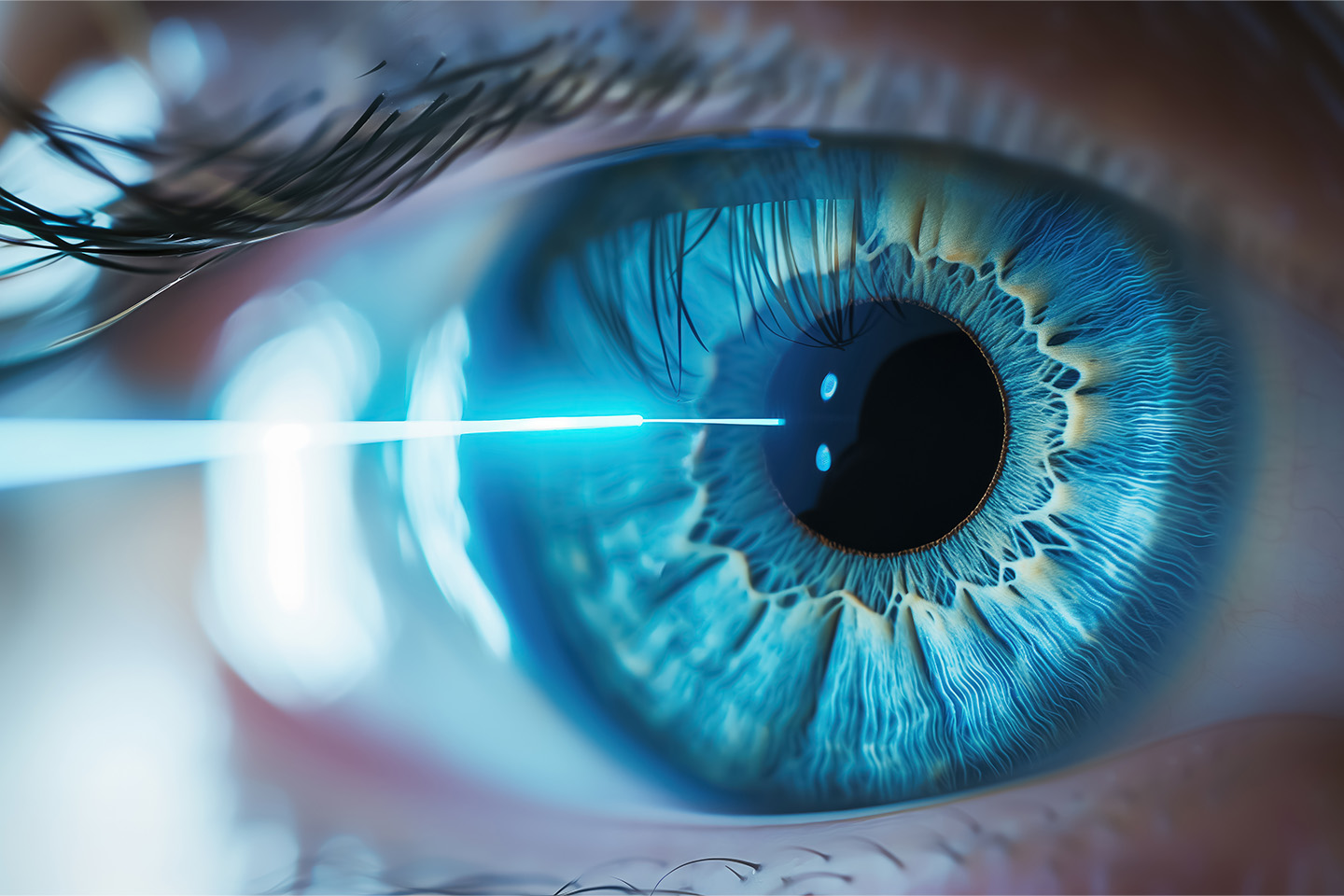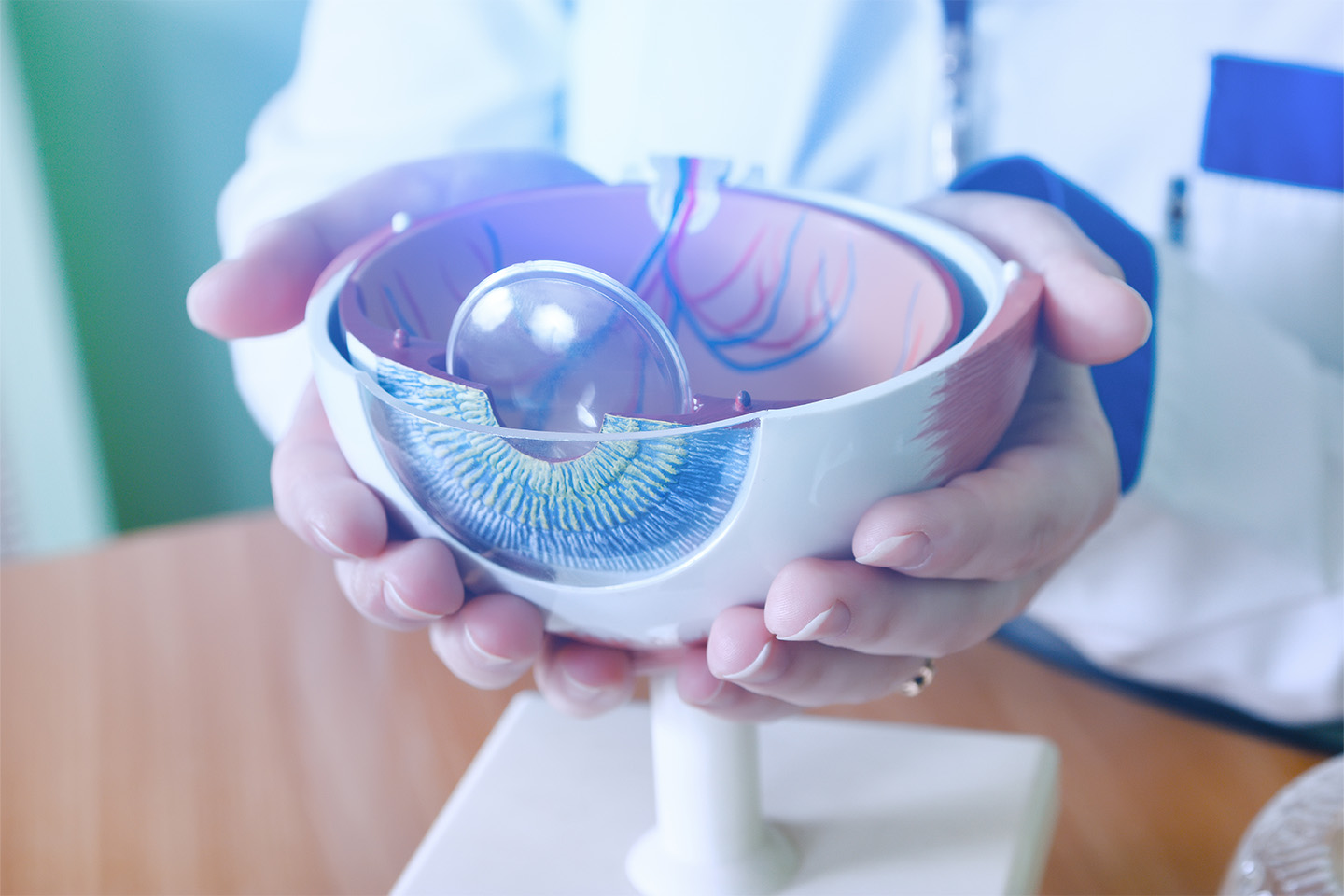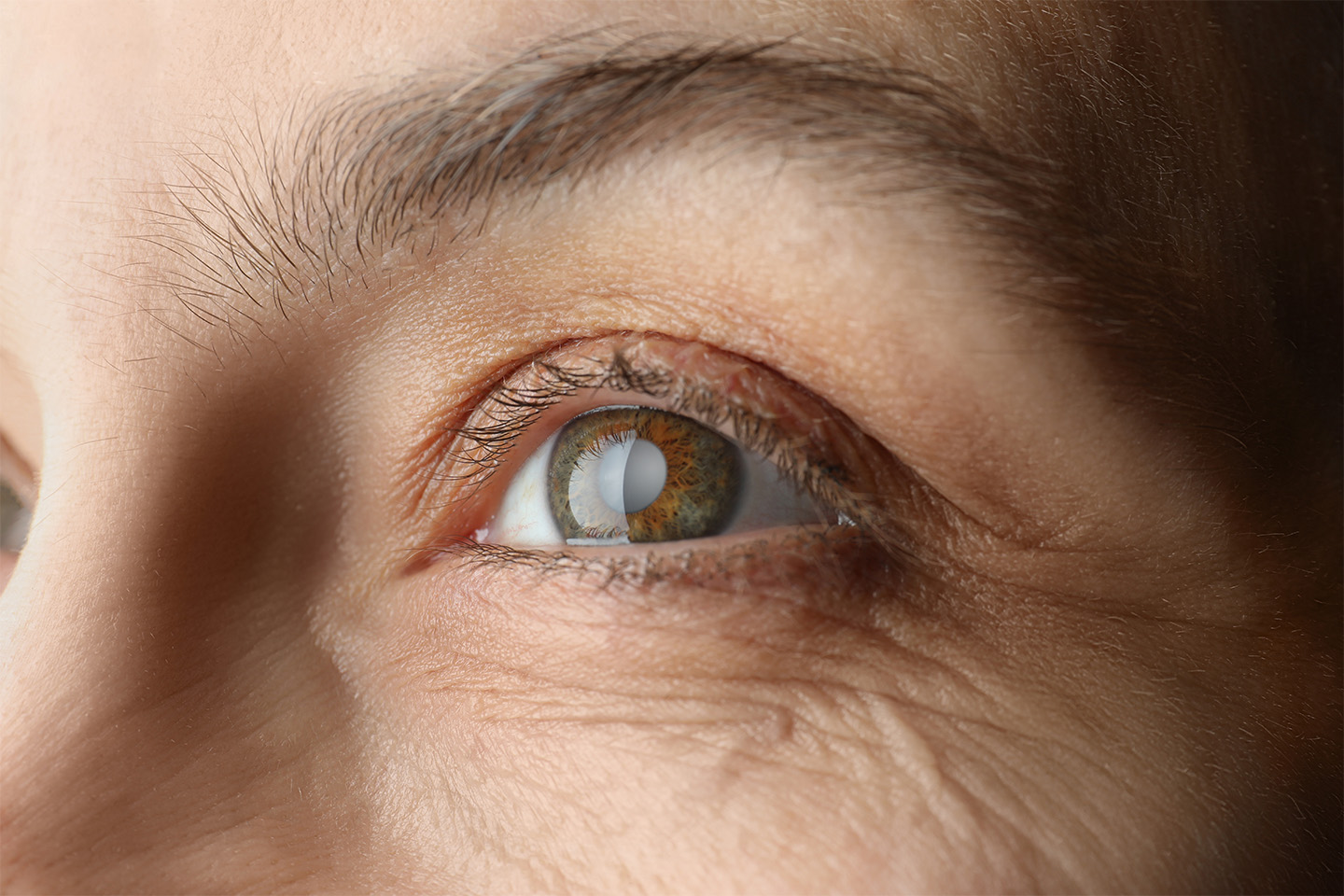Cataract Awareness Month: 3 Types of Cataracts and Treatment Options

These days, aging catches many of us by surprise. There are things we need to know about our health and choices we need to make like . It will make a big difference if we select the right options for our lifestyles and . Choosing the top ophthalmologists in greater Denver at ICON Eyecare is a great way to prepare for these changes.
At some point in your life, probably after age 40, you may notice that your has changed in ways besides focus because of a . can take time, but by 75 about half of the population develops them and requires . Cataracts are the of preventable and . There are three types of cataracts:
3 Common Types of Cataract Cases
1. Slow-developing, center-out or nuclear sclerotic cataracts, are the most common.
First signs: any of the cataract symptoms following list.
- Blurry vision or double vision
- Depth perception problems
- Changes in night vision, including seeing “halos”
- Difficulty seeing in bright sunlight
- Trouble determining colors
- Trouble reading
- Clouding: seeing “clouds” over your eyes when you look in the mirror
2. Slow-Developing Cataracts, More Common with Diabetics
Developing from the outer lens area, diabetics are at higher risk for cortical cataracts.
First signs: as with common cataracts, but especially trouble with glare, blurred vision, and challenges with contrast and depth perception that make it harder to navigate your environment.
3. Fast-Developing Cataracts
Posterior subcapsular cataracts on the rear of the lens develop quickly, in only months. Risk factors include diabetes, extreme nearsightedness, and long-term steroid use,
First signs: most notable are night vision problems, difficulty reading.
What’s Happening in Your Eyes That Causes Cataracts
Are you wondering, “what are cataracts?” and why does your eye get cloudy as they develop? The lenses of your eyes are a combination of liquid and proteins that focus light onto your retinas, where light is converted to nerve messages so your brain can “see.” Over the years, the proteins start to cling to each other, and the lens becomes cloudy, affecting your sight and requiring replacement.
The Good News: Treatment for Cataracts is Typically Straightforward
involves removing the and inserting a new custom-selected one. It’s painless and takes about 20 minutes with a follow-up visit about a day later. recovery takes about four weeks, depending on the . If both eyes need , the second one will be performed after the first heals.
Once your has determined that it’s time to plan , one of your decisions will be what type of replacement to choose. Depending on your lifestyle, you may want advanced lenses with wider focal ranges.
ICON Eyecare: Skilled Providers of Personalized Cataract Surgery in the Front Range
At ICON Eyecare, you’ll see some of the top ophthalmologists in greater Denver, many of whom are also involved in teaching and research. Their experience and knowledge give you the best access to eye care and treatment options, including cataract surgery in the Front Range. We look forward to seeing you for regular eye exams and cataract care. Give us a call for an appointment.
[DISPLAY_ULTIMATE_SOCIAL_ICONS]








